Another person talking about tariffs… I know! But this episode is different.
Trump’s tariff announcement sent shockwaves through the markets—the S&P 500 dropped 4.9%, the second-biggest daily point loss in history. And beauty felt it too; Elf Beauty’s stock fell by 23.4% and Estée Lauder’s by 15.4%. But what does all this mean for the long-term future of beauty?
In this episode of The Barefaced Podcast, that is what we are going to answer. First, we’ll get clear on what’s actually happening, why different countries are being charged different rates, and how Trump’s economic advisors came up with those numbers. Then, we’ll zoom in on the beauty industry—how are international beauty businesses affected, and equally, brands already "Made in the USA"? Finally, we’ll put it all together to explore what this means for the future of beauty.
Ultimately, this isn’t a story about tariffs, it’s a turning point for beauty’s entire supply chain.
A Quick Reference Guide: What’s Actually Going On?
To set the tone, check out this 1988 radio address by former US President Ronald Reagan. Reagan was far from progressive, but he made a surprisingly sharp case against protectionist trade policies. Many of the ideas he criticises are the same ones Trump now champions, despite Trump being seen as someone who modelled his political playbook on Reagan himself.
On April 2nd, Donald Trump announced sweeping global tariffs, effective April 9th, dubbed “Liberation Day”. The announcement came alongside a fact sheet that was posed as a clear outline of the tariffs Trump would be imposing.
The idea was a “reciprocal” tariff model. For example, China was listed as imposing 67% on U.S. goods, justifying a 34% U.S. tariff. However, the fine print clarified these figures as ‘including currency manipulation and trade barriers’—not official tariffs.
Trade Deficits
The tariff percentages were supposedly based on a ‘formula’ that factored in trade deficits—the difference between how much the U.S. imports from a country versus how much it exports.
Countries with high deficits (like China) received steep tariffs. Countries with surpluses still received a flat 10% tariff, undermining the formula’s logic. When the formula was questioned, Trump’s economists cited a 2021 academic paper, co-authored by University of Chicago economist Brent Neiman, who explained they misinterpreted its findings.
As countries respond to Trump’s tariffs, the U.S. is uniquely positioned. Tariffs apply only to goods, not services, and with the U.S. being the world’s largest exporter of services ($1.026 trillion in 2023), it disproportionately benefits from this exclusion. Sectors like media, tech, and finance remain largely unaffected, while retaliatory tariffs from other countries mainly target goods.
Escalation
Since April 2nd:
U.S. average effective tariff rate rose to 22.5%, the highest since 1909.
U.S. imposed 145% tariffs on Chinese goods.
China responded with tariffs escalating from 34% to 125%.
Japan, South Korea, and China held emergency talks to strengthen regional ties, signalling a major geopolitical shift.
The Impact on Beauty
For beauty brands, the real impact is far more complex than a price hike. These changes won’t just affect what consumers pay at checkout; they could fundamentally change how products are made, where they’re made, and which brands are best positioned to survive.
Contract-Manufactured Brands
Charlotte Palermino, co-founder of Dieux Skin, recently made a TikTok about the potential ripple effects of these tariffs on indie beauty brands. Bottom line—if tariffs force brands to move production to the US, many in beauty will be left behind.

 Tiktok failed to load.
Tiktok failed to load.Enable 3rd party cookies or use another browser
Most beauty brands rely on contract manufacturers. These manufacturers don’t just produce the products—they often own the formulas, too, which means most brands have little control if they need to shift production elsewhere. Moving production isn’t just expensive, it may not even be possible without completely reformulating.
“Made in the USA”
What about brands that have been doing the ‘right thing’ all along? You might think US-based beauty brands are safe from these changes. Not necessarily. Take Experiment, for example, a brand that proudly manufactures in the US. Founders Lisa Guerra and Emmy Ketcham posted a TikTok explaining how their business would be affected.
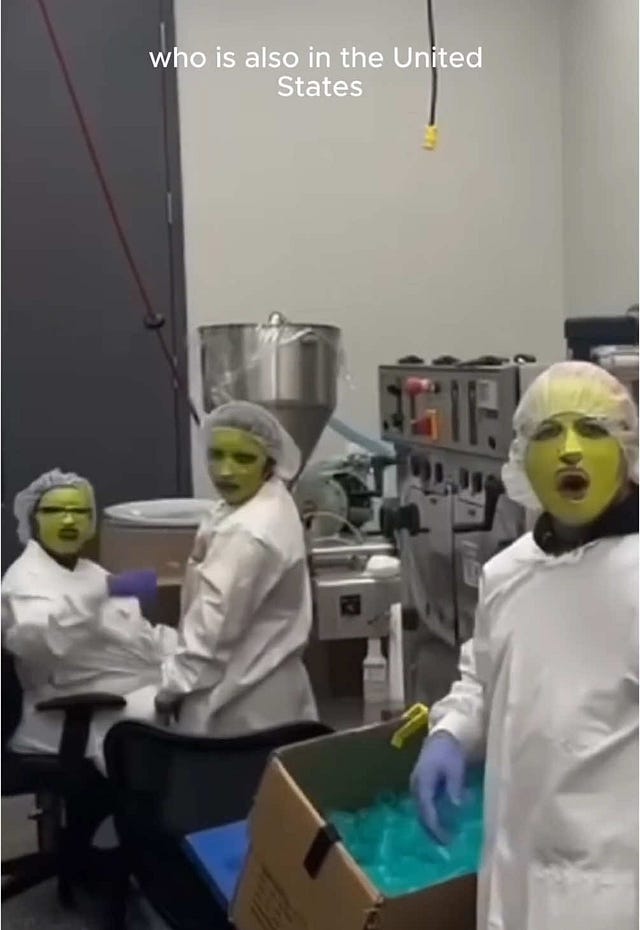
 Tiktok failed to load.
Tiktok failed to load.Enable 3rd party cookies or use another browser
While the final product may be assembled in the US, the building blocks come from all over the world. This is a perspective we rarely have when talking about beauty products.
According to 2023 data from the Observatory of Economic Complexity, the US imports beauty products from:
China’s 10.4% import rate initially felt low, so I dug deeper. Turns out, these figures only represent finished goods—products that are ready to hit the shelves when they arrive. When you consider each of the components of a beauty product, think bottles, tubes, applicators, and raw materials, the imports by country (aka supply chain) look very different.
For example, in 2023, the US imported the following:
Paper Goods - 29.4% Canada, 25.5% China
Pumps and Sprayers - 63.7% China
Glass bottles - 30% Mexico, 19.3% China
Plastic packaging - 23.6% Canada, 22% China
Why Is Everything Made In China Anyway?
This YouTube video explains it brilliantly. In short, Deng Xiaoping, who became the leader of the People's Republic of China in 1978, was instrumental in shifting China's economic policies. After visiting other successful Asian cities, he realised that China needed to open up to the outside world to thrive. As a result, he created Special Economic Zones (SEZs), offering tax incentives to encourage growth. The most successful of these zones was Shenzhen.
Once a small town, Shenzen is now a major global manufacturing hub, benefiting from its proximity to Hong Kong, a British territory at the time. Shenzhen’s rapid growth has turned it into a hub for manufacturing, with a high concentration of factories that allow beauty brands to produce various components in close proximity. This proximity drives costs down, and with fierce competition pushing prices even lower, it’s become the go-to city for manufacturing.
The Future of Beauty: What Comes Next?
Even before the latest round of tariffs, global beauty manufacturing was evolving. Over the past decade, many of China’s largest manufacturing companies began expanding abroad, including into the US. Thanks to automation, manufacturing is becoming less dependent on cheap labour—robots cost the same to run whether they’re in Guangzhou or Georgia.
China’s Detour Through Mexico
While researching import codes for beauty raw materials and packaging, I noticed a significant portion is coming from Mexico. Though not traditionally a beauty manufacturing hub, Mexico is becoming a key player due to Chinese companies setting up shop there to bypass US tariffs.
This trend started in 2018 when the Trump administration imposed tariffs on Chinese goods, and many Chinese manufacturers saw it as a signal. Now, Mexico is in the midst of a "manufacturing renaissance." In 2023, US imports from Mexico exceeded $475 billion, surpassing China's $427 billion, marking a $20 billion increase for Mexico and a $110 billion drop for China, according to the US Congressional Research Service.
This shift has created a "triangular trade" where Chinese companies send raw materials and components to Mexico for assembly, then export the finished products to the US, avoiding tariffs. In some cases, parts are sent to Mexico before being sold to US manufacturers, providing a more cost-effective solution to avoid the full impact of tariffs.
The New Production Map
This strategy of supply chain rerouting is likely to continue. For more labour-intensive production, companies are likely to look to Central and South America—countries like Colombia, Costa Rica, Guatemala, Ecuador, and Argentina. These nations are subject to much softer tariffs (around 10%) compared to China's 145% or even South Korea’s 25%. L’Oreal, for one, already manufacture some of their products in Colombia.
“Made In” Gets More Complicated
Just like Apple products say “Designed in California, Assembled in China,” we can expect to see more creative labelling in beauty: “Formulated in the USA,” “Assembled in Mexico,” “Packaged in Canada.”
As consumers become more aware of how globalised supply chains really are, the demand for transparency will likely increase. We've seen this trend in fashion, where working conditions and ethical sourcing are hot topics. Beauty, so far, hasn’t faced the same pressure, but that could be changing.
The Retail Question
Lastly, there's the issue of retail. Tariffs could indirectly put pressure on beauty retailers by squeezing brand margins. When retailers take a cut, it leaves less room for brands to absorb tariffs.
To maintain affordability, some brands may turn to non-traditional retail channels. Direct-to-consumer (DTC) used to be the go-to, but rising shipping costs and consumer fatigue make it harder to sustain. That’s where Amazon and TikTok Shop come in. These platforms take a smaller cut and offer enormous reach, though brands must handle their own logistics and give up the physical visibility that comes with being on a shelf.
It begs the question: What does the future of beauty retail look like in the US? Could we see major brands walk away from mega-retailers? Will platforms like Sephora need to offer more support to keep young, exciting brands onboard?
We don’t have all the answers yet. But one thing is certain: the beauty industry is being reshaped not just by what’s made, but how, where, and by whom.
And that brings us to the end of this episode. If you enjoyed it, be sure to give it a like and share it with a friend!



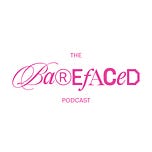

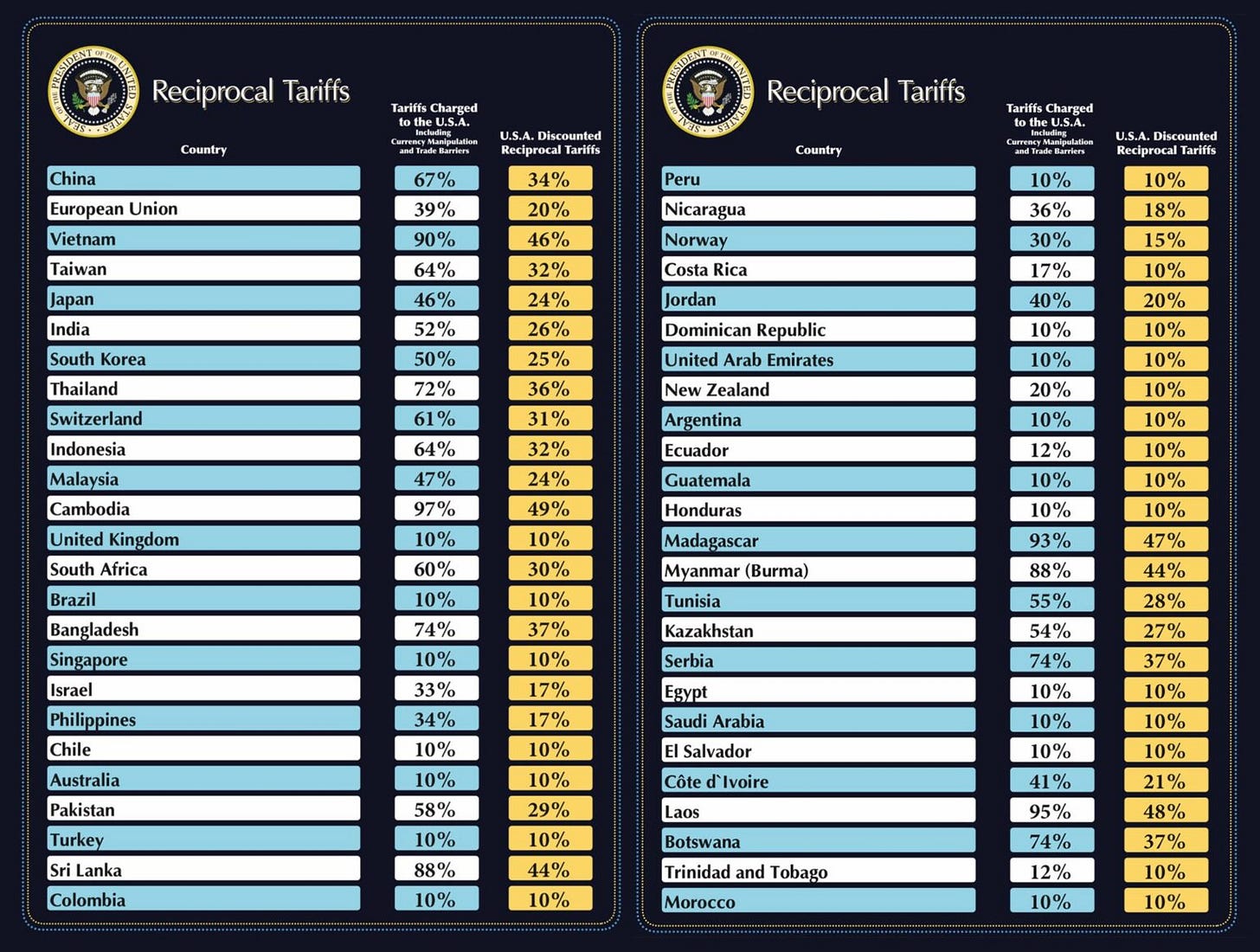
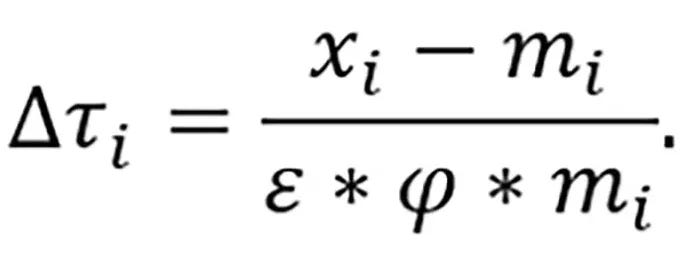
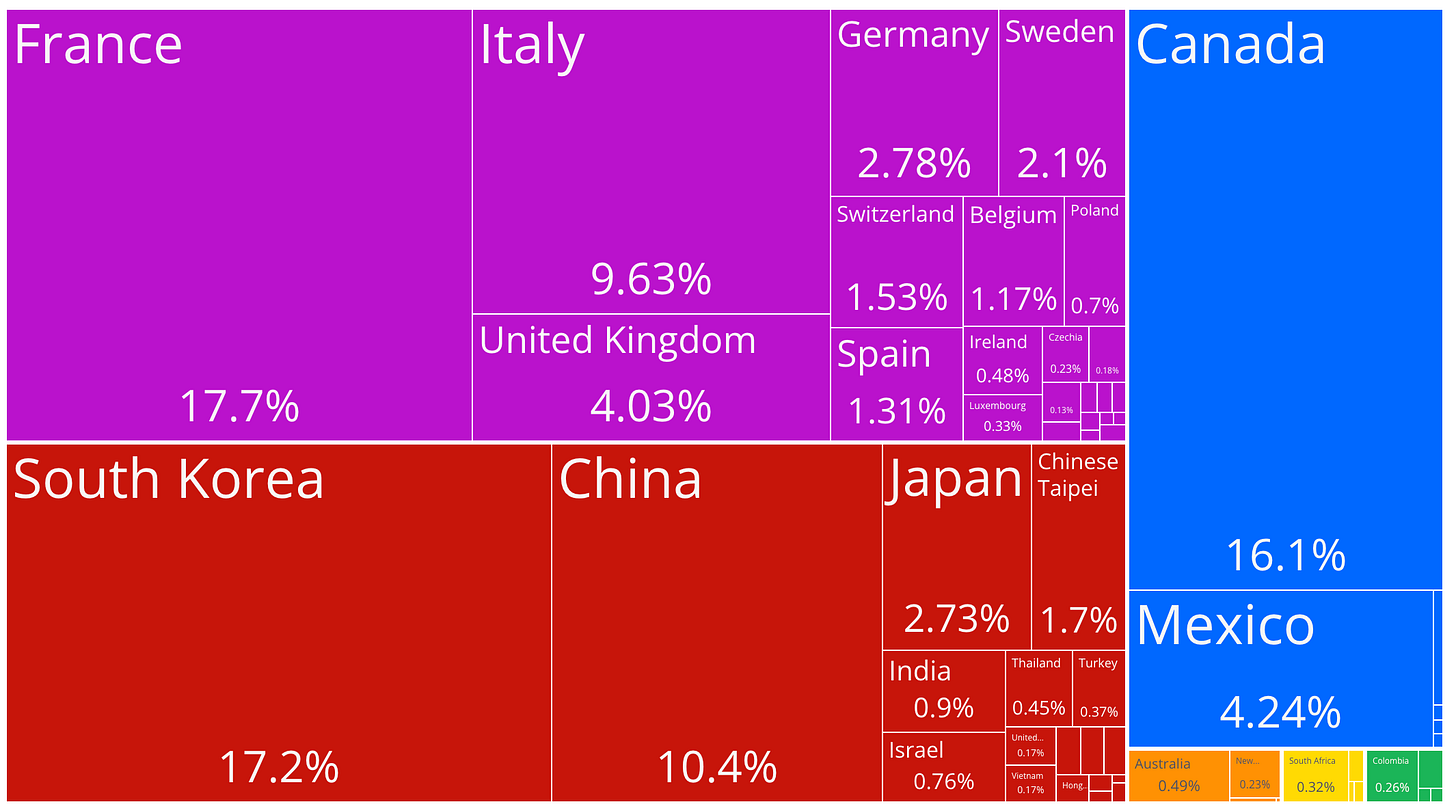



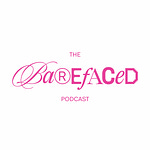


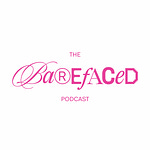
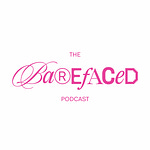
Share this post